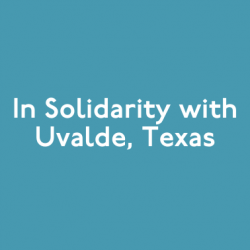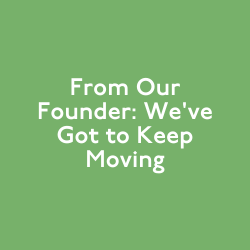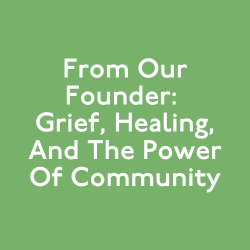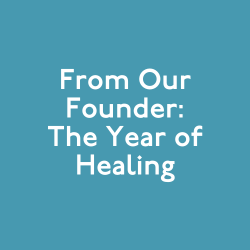Written by Founder and CEO, Sara Potler LaHayne
In 2015, Move This World went through a radical undertaking. Despite a working model of delivering direct service to students and teachers across the country, we found ourselves unable to scale our work and impact as many schools as possible.
We analyzed every aspect of our company by dissecting our model, diving into data, and engaging in deep listening sessions with our school partners, funders, advisory board, and our staff. We researched current trends, different funding mechanisms, and, most importantly, the impact of our legal incorporation as a 501(c)3 corporation.
Most importantly, we listened to teachers’ needs. They needed tools that they could use in their classrooms on a daily basis. They wanted to feel supported in facilitating social emotional learning, and the difficult conversations that can come along with it, on their own. It became clear that technology was the best way to provide this support on a daily basis as well as scale our program. When we started researching ways to pursue this direction, we realized we needed access to capital investment. That meant starting a companion, for-profit company.
It wasn’t an easy decision, and it certainly wasn’t an easy transition. Changing from “funders” to “investors” is a big leap. It essentially required me to take on double duty as a fundraiser to keep the company afloat and secure revenue to keep going.
But it was a necessary decision, and I’m extremely grateful for a strong team of employees, board members, and financial supporters who went through the trials and tribulations it took to get here.
It took a bit of getting used to, especially for our funders. We explained why we set up this separate entity and that we were committed to realizing our vision more than ever. Free from the geographic or human capital restrictions of the nonprofit direct service model, we would be able to reach millions of students through technology.
In 2018, we’re well on our way. Thanks to funding partnerships that allowed us to build our digital platform, we’ve reached over 500,000 students across 23 states. In reflecting upon this change, the success is largely due to three factors.
1. Trust – Our funders trust that we know our market, our partners, and our business. We live this work daily and they know that we are in tune with what is best for the field and for the business.
2. Flexibility – We had already entered into creative funding partnerships. Upon shifting from a nonprofit to a for profit model, we were able to move from grant dollars to an instrument that allowed Move This World to scale. As the funding needs of Move This World changed, the funding vehicles available shifted accordingly.
3. Focus on the mission and not the ego – By focusing on the mission at hand, to ensure all schools are safe learning environments, and removing ego and preconceived notions or definitions of what our funding relationship should be, we were able to make effective decisions quickly.
These are exactly the elements we need to be focused on in order to achieve our goals. Instead of feeling stressed about fundraising, I’m laser focused on our business model, back in the thick of program development, and engaging with our school communities.
Now, school communities are our customers. They’re the people I need to prioritize. Their feedback is a critical part of our program development.
Finally, our goals are within reach.
We didn’t allow a legal structure to stop us from having honest conversations with our funding partners about the most effective way to scale impact. Instead, we invited them to break down preconceived notions of what funding relationships should be, and to join us in the creative process of growing the work and furthering the vision.
Nonprofits compete the same way as for profits. But in order for Move This World to deliver the impact we set out to deliver, I had to tie my revenue stream to my target audience. The best way to do that was through a for profit company.
This article was originally published by EdWeek Market Brief on October 15th, 2018.










